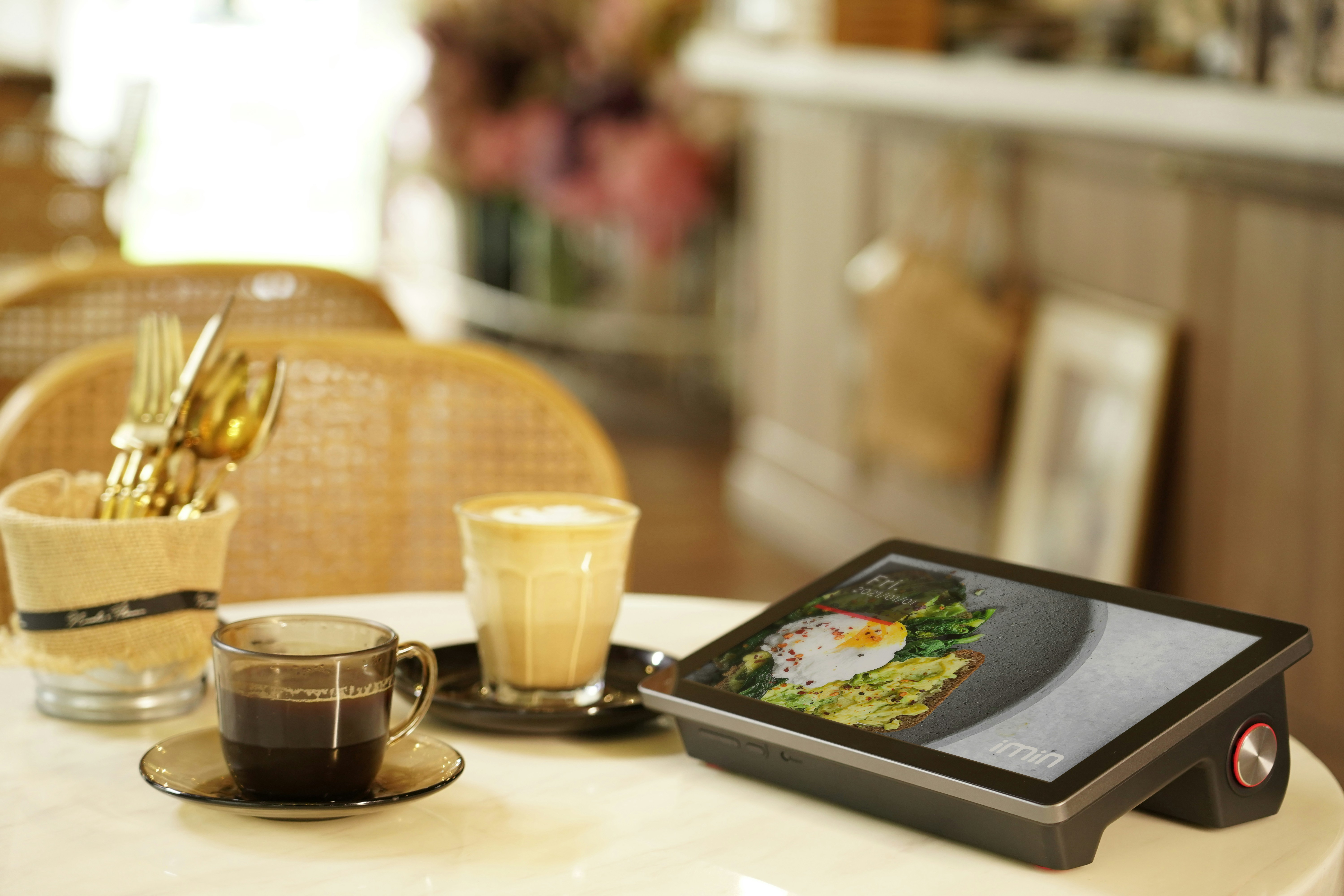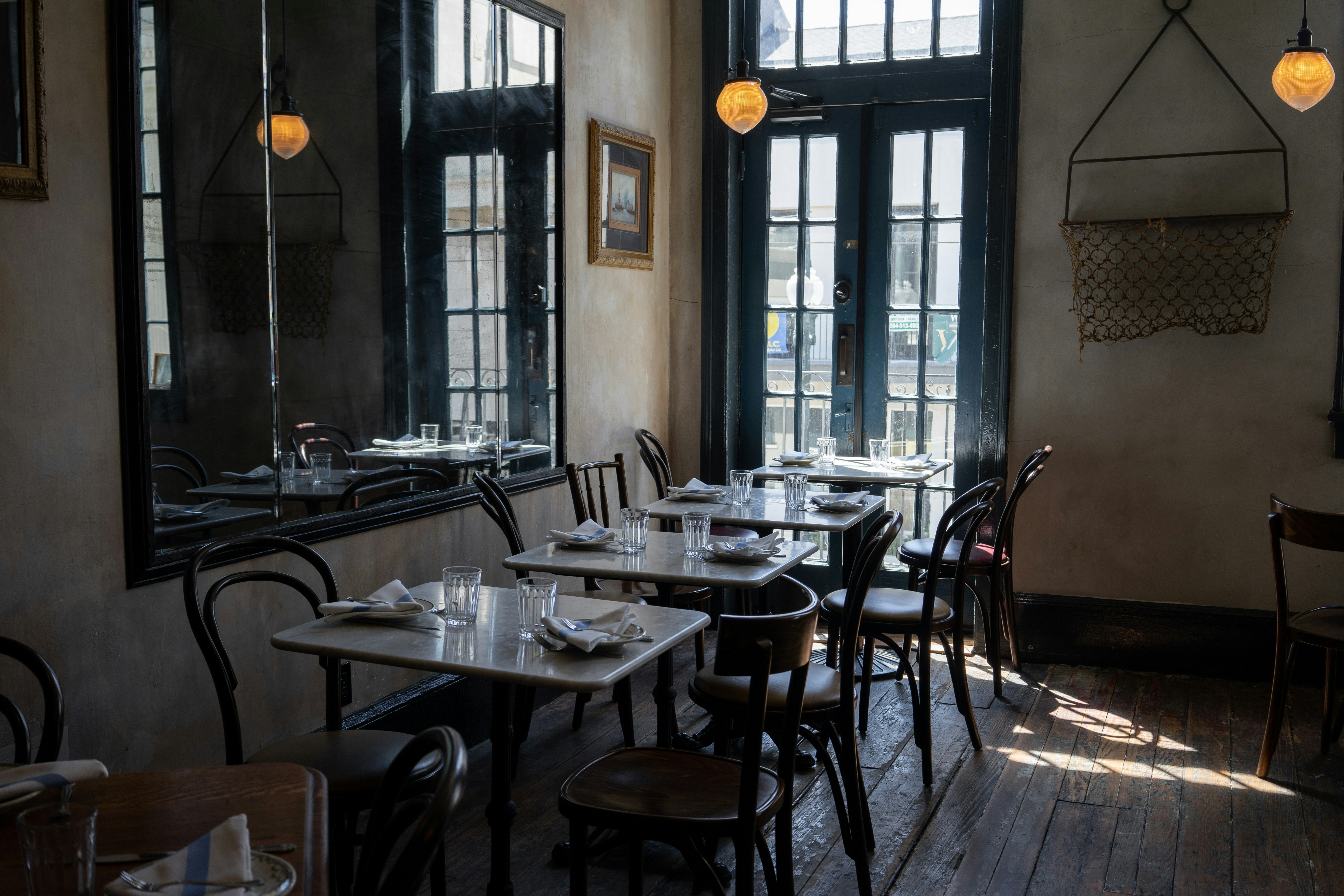Navigating Tipflation: Balancing Customer Expectations and Restaurant Operations
Explore how tipflation, tip creep, and tip fatigue are impacting American restaurant culture and learn how technology is reshaping the dining experience for both customers and staff.

Photo by iMin Technology on Unsplash

Photo by iMin Technology on Unsplash
Understanding the Dynamics of Tipflation and Tip Creep
The terms 'tipflation' and 'tip creep' have entered the lexicon of conversations surrounding American tipping culture, reflecting concerns over the increasing expectation of tips in various industries. Although rising food prices and expanded tipping practices are valid factors contributing to consumer frustration, it is essential to debunk the misconception that tipping practices have spiraled 'out of control.' These narratives, while prevalent, may undermine the crucial role independent restaurants play in local communities and the hardworking teams dedicated to delivering exceptional dining experiences.
The Significance of the Dining Experience
Dining at a restaurant transcends a mere transactional act of consuming food; it encapsulates a holistic experience that connects individuals, fosters social interactions, and offers a break from everyday routines. Whether patrons seek culinary exploration, relaxation from cooking responsibilities, or the ambiance of a familiar neighborhood spot, restaurants serve as hubs of community engagement and shared moments.
Stability of Tipping Percentages Amid Inflation
Despite the overarching inflation impacting the cost of dining out, data suggests that the average tipping percentage in American restaurants has remained relatively stable. Analyzing insights from independent restaurant clients and surveys within the industry, there has even been a slight decrease in tipping trends, challenging the notion of rampant tip escalation. The perceived increase in tip amounts is largely influenced by inflation, rather than a significant shift in tipping habits.

Photo by iMin Technology on Unsplash
Leveraging Technology for Operational Efficiency
Restaurant operators constantly strive to streamline operations and enhance cost-efficiency while preserving the quality of service that keeps customers returning. Technology plays a pivotal role in achieving this delicate balance by optimizing various facets of restaurant management, from ordering systems to payment processes. Innovations like handheld devices, self-service kiosks, and intuitive point-of-sale systems not only expedite transactions but also contribute to greater tips for staff by improving table turnover rates and overall customer satisfaction.

Photo by iMin Technology on Unsplash
Empowering Staff and Enhancing Customer Service
The integration of technology in restaurant operations not only benefits the bottom line but also empowers staff to deliver enhanced customer service. By minimizing manual tasks and automating routine processes, such as order placements and payment transactions, employees can focus on providing personalized experiences and fostering stronger connections with patrons. The convenience of pre-set tip options on digital interfaces not only simplifies the payment process for customers but also ensures fair compensation for the diligent restaurant workforce.

Photo by iMin Technology on Unsplash
Amplifying the Role of Technology in Financial Sustainability
In an industry characterized by thin profit margins and labor-intensive operations, technology serves as a catalyst for financial sustainability. Point-of-sale data aids restaurant operators in making informed decisions regarding staffing levels, inventory management, and pricing strategies, leading to optimized cost structures and increased profitability. By embracing technological advancements, restaurants can effectively navigate the complexities of the modern dining landscape while safeguarding the livelihoods of their dedicated staff.